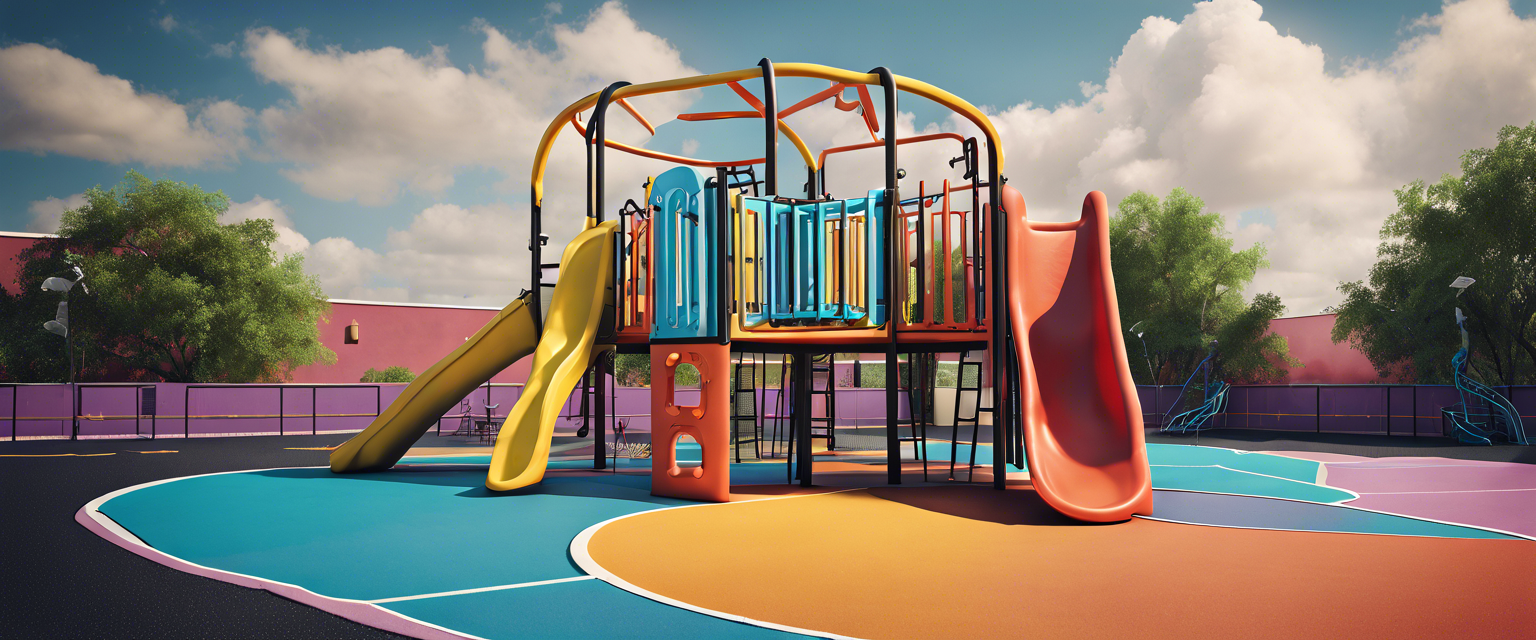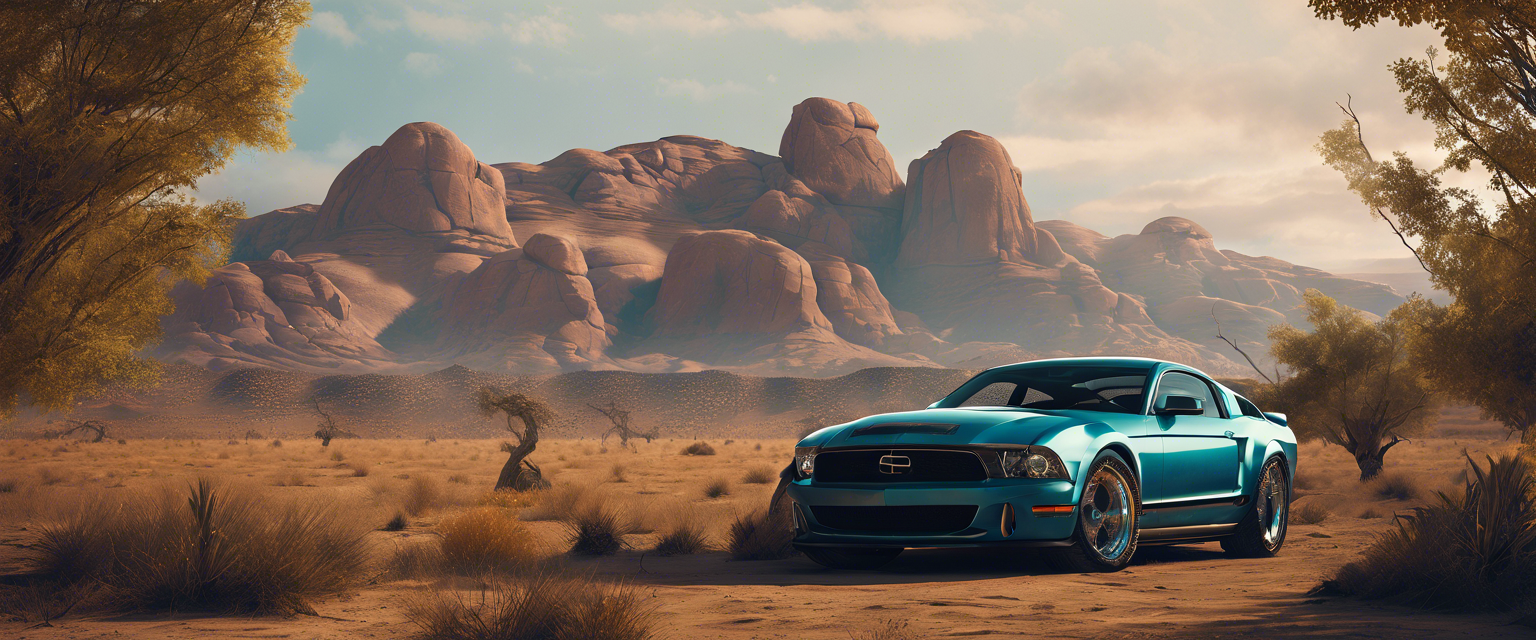Unlocking the Creative Potential of Stable Diffusion with Lexica
Welcome to this Stable Diffusion tutorial! In the age of technology, we find ways to create remarkably stunning visuals. One of the leading innovations in this realm is the Stable Diffusion AI model, a powerful tool for generating unique and captivating images.
What is Lexica?
Lexica serves as an innovative image search engine designed specifically for Stable Diffusion, indexing millions of images generated by this state-of-the-art model. Whether you’re seeking inspiration or direct results, Lexica simplifies access to a vast repository of AI-generated art.
Key Benefits of Using Lexica
One of the significant advantages of using tools like Lexica is the ability to harness already indexed images, saving both compute power and time. This means you won't need to generate images from scratch; simply browse and utilize those that have already been crafted. The site was developed by Sharif Shameem, aiming to transform the 'dark art' of Stable Diffusion prompting into a more structured discipline.
How to Navigate Lexica
To explore the site, visit www.lexica.art. The interface is intuitive: use the search bar to enter any prompt, whether it’s a word, a complete sentence, or even a longer phrase.
Generating Images
In addition to searching, you can create images directly on Lexica. Enter your desired prompt and hit the generate button. Feel free to modify model parameters such as width, height, and seed settings. You can also specify exclusions to refine the results.
Using Lexica: API Access
For developers and tech enthusiasts, Lexica has rolled out a new API feature allowing programmatic access to their extensive image database. To implement a search using Lexica's API, simply create a GET request with your search term as a query parameter. For instance, searching for "apples" would look like this:
GET https://lexica.art/api/v1/search?q=apples
Reverse Image Search
Lexica also includes a reverse image search capability. By sending in the URL of an image, Lexica will return results of similar images, opening a wealth of opportunities for project developers and creatives.
GET https://lexica.art/api/v1/search?q=https://media.gettyimages.com/photos/crete-senesi-countryside-in-summer-tuscany-italy-picture-id1411845730
Understanding Prompts Better
If you’re interested in mastering the art of writing effective prompts, make sure to check out the Stable Diffusion prompt guide available on the tutorial page. This guide is invaluable for anyone looking to enhance their skills in creating compelling queries for AI-generated art.
Join the Community
Moreover, if you aspire to develop your own Stable Diffusion tools, consider joining the Stable Diffusion AI Hackathon. It's a fantastic opportunity to collaborate with like-minded individuals and elevate your projects to the next level.
Conclusion
Lexica empowers creators by simplifying access to advanced AI image generation, eliminating the need for hefty computational resources while providing endless inspiration. Dive in, explore, and unleash your creativity with Stable Diffusion!



コメントを書く
全てのコメントは、掲載前にモデレートされます
このサイトはhCaptchaによって保護されており、hCaptchaプライバシーポリシーおよび利用規約が適用されます。